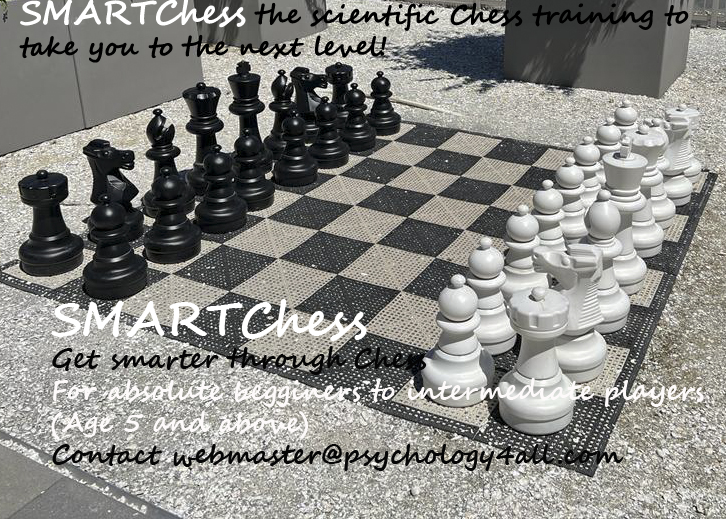DECISION MAKING TECHNIQUES
There are 3 main categories of Decision Making Techniques:
- Decision Making Using Method of CHANCE
- Decision Making Using Method of ANALYSIS
- Decision Making Using Method of INTUITION
I. METHOD OF CHANCE
Chances are LTD: Lottery Toss Dice
Sometimes, what is important is to decide quickly or let it to luck. In some cases, analytical method of decision making can even be illogical or impossible. For example, in various game-matches, we rely upon this method. This method can also be used to decide when the consequences of the decision are not important or immaterial. If the choices we are of equal rank. This is the only way left.
Method of Lottery
In this, each choice is first written on a different identical but small piece of paper. Then these pieces of paper are either folded or rolled up so that what was written on it is not visible. It is now mixed up and someone is allowed to take one from it. The choice given in this piece of paper is decided.
Coin Tossing (Head or Tail Method)
This is one of the simplest and easiest methods of decision making. It is applied when there are only two choices which have the almost the same importance to the decision-maker. If head turned up when the coin is tossed, you decide on one thing and if tail turned up you decide on the other thing.
Dice
If there are six choices of almost equal importance and if there is no need to resort to serious analytical methods, this method is followed. Assign each choice to each of the six faces of the die. Now toss the die and decide accordingly.
II. METHOD OF ANALYSIS
You need to make a FIBER analysis.
FIBER:
FGL : Fear Greed Laziness
Ideal Solution Method
Best Home Method
Easyway Out Method
Read out/Spell out method
This is the most practical and most used decision-making method. It involves a detailed analysis of all the available info, choices, characteristics of the decision, context of decision, problem type, time available etc. In this method, the choice that is found rational or logical is selected. The criteria values & priorities – we have is the governing factor here.
The FGL Method
The FGL method is based on the fact that the decisions we make depend on fear, greed, and laziness. It helps the decision-maker to get insights into himself because it reveals how much these three factors have influenced him in his decision and gives him a chance to reevaluate his decisions. In this method, you first number down all the possible choices and see how much these factors affect each of the choices. Then you could select one as per your requirements.
Ideal Solution Method
The Ideal Solution Method creates an ideal criterion for the decision for the decision first. Now, make a list of choices. Taking one item from the list at a time, the decision-maker compares it with the ideal solution. The choice that is more nearer to the ideal solution is made.
Best Home Method
Best Home Method looks for the vest fit of the idea to the situation or environment or context or background. The environment or background that helps to develop or improve the idea is the best place for that idea. In other words, an idea & its environment should be mutually fit.
Easy Way Out Method
When taking action on the decision is more important than making the very best possible decisions, this method is used. We make decisions to act upon them. So in this method, such decisions that are easy to implement are made. This does not mean that you decide upon the easiest choice. The choice is to pass the test of the criteria you have or it should bring desired results. In this method, the easiest one among these choices are selected, which can be easily implemented.
Readout or the Spell out Method
In this method, you take the choices one by one and read out or spell out why you decide on a given choice. Write these down. Then read then again one by one and decide on the best choice.
III. METHOD OF INTUITION
At times, we depend upon our intuition or gut feelings for making a decision. When the problem is very complex and complicated, analytical methods of decision making cannot solve it. In such cases, we rely upon our sub-conscious mind. Most of us get such intuitions through our dreams. Many inventions & scientific theories were revealed to inventors and scientists through their dreams. The invention of the sewing needle, the finding of the structure of DNA etc. are only a few of them.
One Simple Procedure for Using Intuition for Decision Making or Problem Solving
- collect all available info about the problem
- make detailed analysis of the problem based on these info
- write everything down in a piece of paper
- before you go to bed, read the piece of paper once or twice
- sleep calmly without thinking of anything else
When you sleep, your sub-conscious mind will evaluate the choices and most probably arrive at a suitable solution. This solution may be communicated to you through your dreams or it will come to your consciousness suddenly when you woke up the next day.
The better communication between your conscious mind and sub-conscious mind, the more chances are there to get a solution through intuition.
***
Ideas for this page taken from Edward De Bono’s Writings. Rights and Copyrights acknowledged.
***


